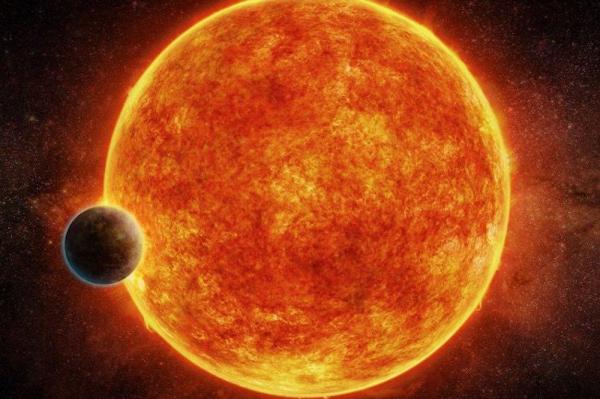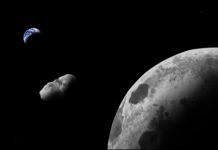April 24 (UPI) — Researchers have confirmed the presence of a rocky super-Earth orbiting within the habitable zone of a nearby M-type star, a star that is cooler and less luminous than the sun.
The exoplanet, LHS 1140b, features a radius 1.4 times larger than Earth’s. LHS 1140b boasts 6.6 times the mass of Earth. Its significant size and mass suggest a rocky composition.
The new planet is relatively close to our solar system, located just 40 light-years from Earth.
“This is the most exciting exoplanet which I have seen in the last ten years,” Jason Dittmann, an astronomer at the Harvard-Smithsonian Centre for Astrophysics, said in a news release. “It would be difficult to find a better objective for carrying out one of the most important searches in science: for evidence of life beyond the Earth.”
The new exoplanet was first spotted in 2014 by the MEarth survey, which uses a large network of telescopes to identify and analyze stellar dimming event caused by transiting objects. More recently, astronomers confirmed the exoplanet’s presence using the HARPS spectrograph, an instrument installed on the 3.6-meter telescope at the European Southern Observatory’s La Silla Observatory in Chile.
Researchers described their discovery in the journal Nature.
LHS 1140b hugs its host star rather tightly. Its orbit is just 25 days. But because LHS 1140 is cooler than the sun, it hosts a more intimate habitable zone — the orbital range in which exoplanets can host water in solid, liquid and gas forms.
“Because it is at a distance from its star which permits relatively cool temperatures, and a mass which is big enough to prevent the evaporation of an atmosphere due to the wind of its star, LHS 1140b has become one of the most promising candidates for the detection and study of its atmosphere,” concluded Felipe Murgas, researcher at the Canary Islands Institute of Astrophysics.







